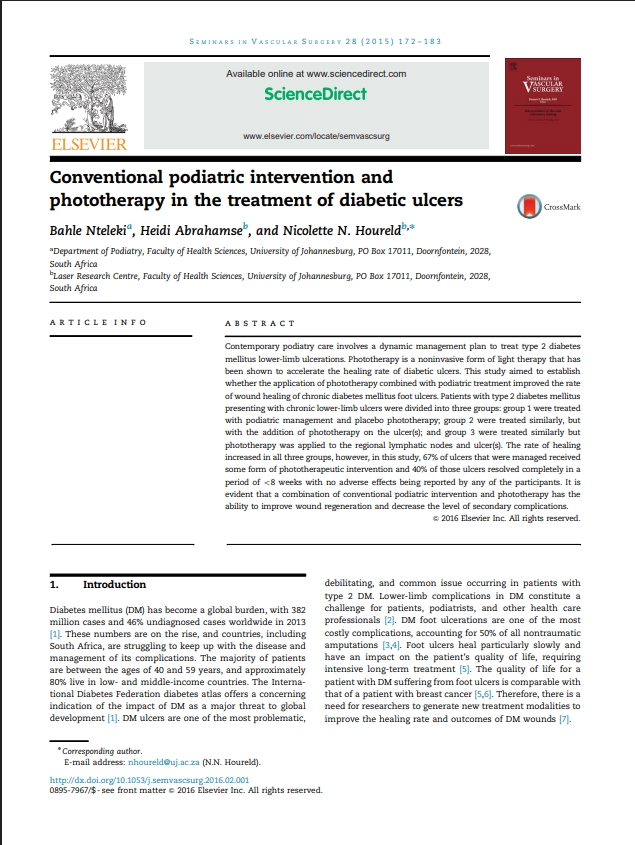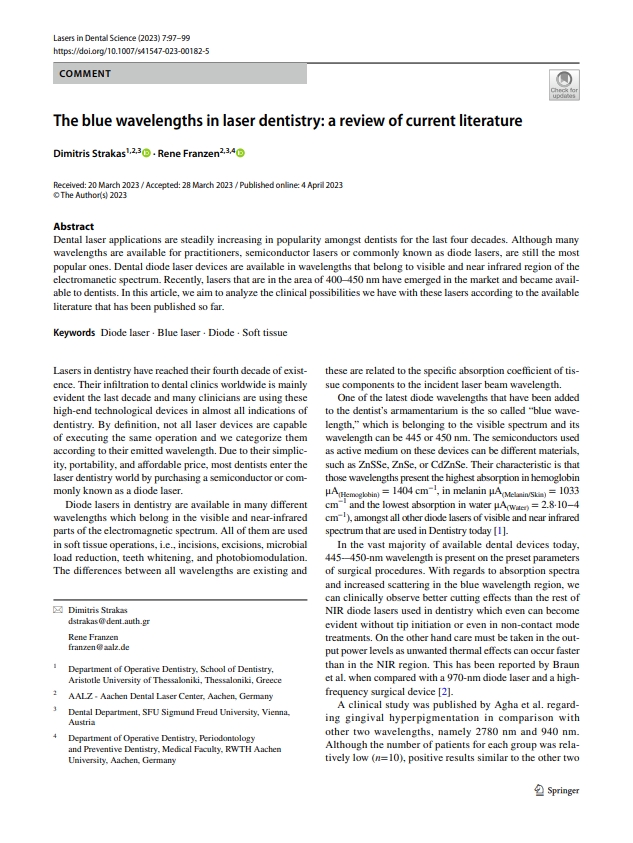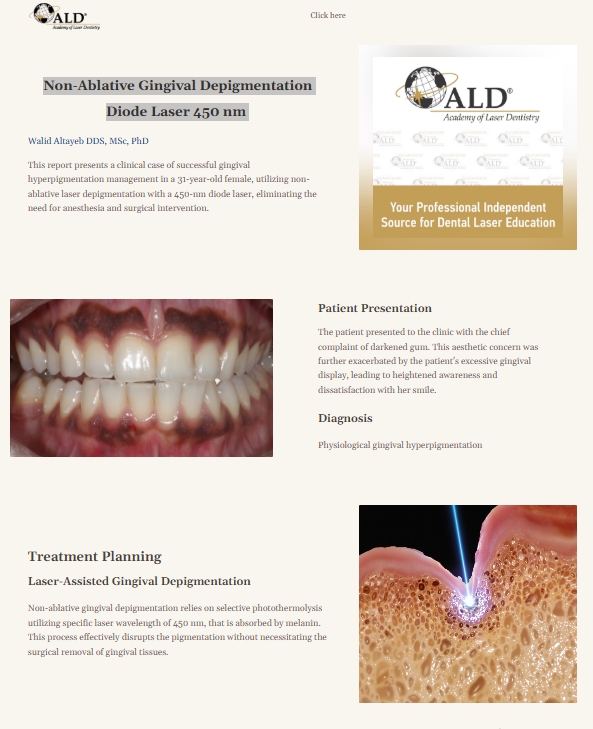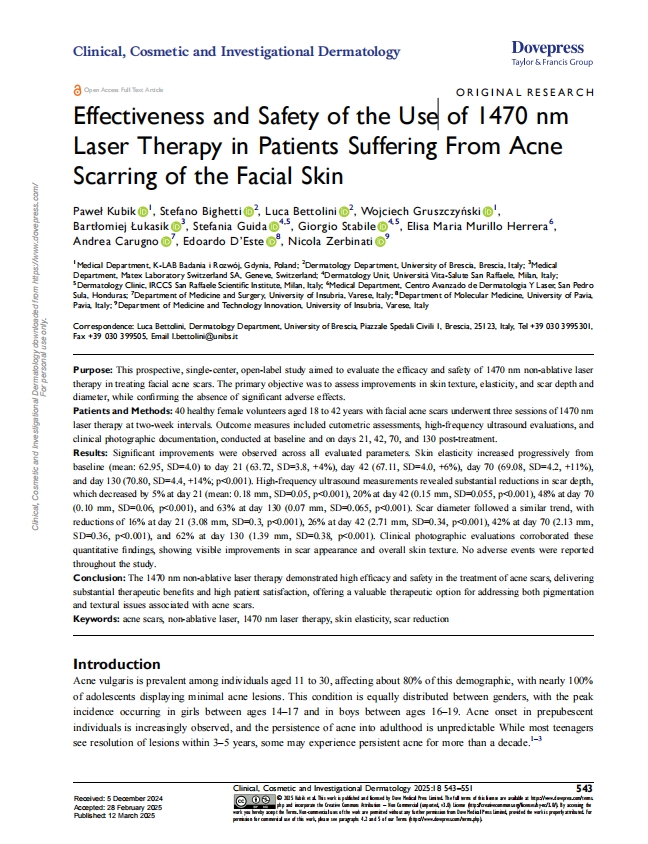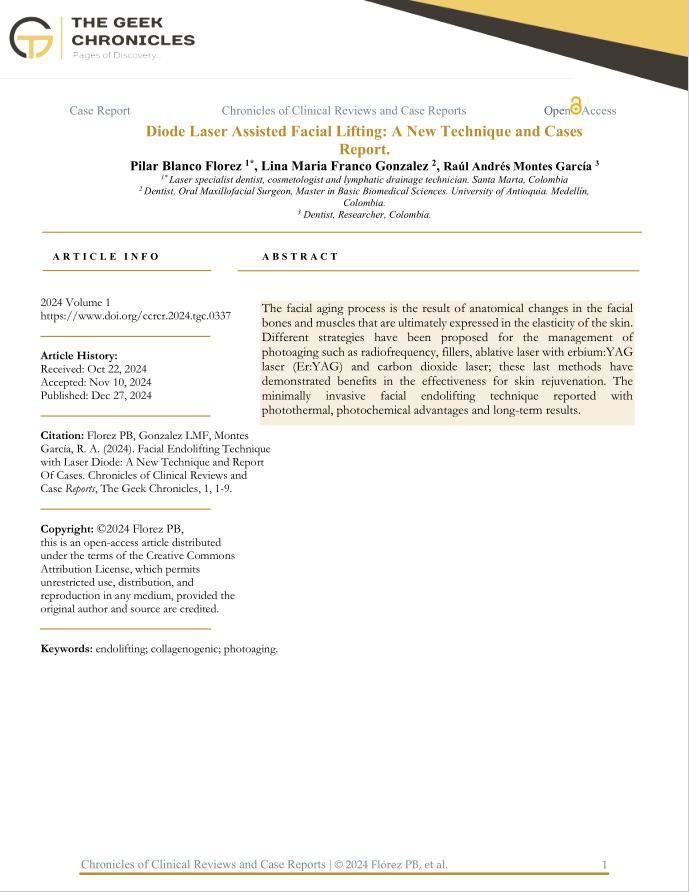Conventional podiatric intervention and phototherapy in the treatment of diabetic ulcers
This pilot study investigates the combined effects of conventional podiatric intervention and phototherapy on chronic lower-limb ulcers in patients with type 2 diabetes mellitus. The authors recruited seven patients with a total of 15 ulcers and assigned them to three groups receiving either standard care with placebo phototherapy, phototherapy applied directly to ulcers, or phototherapy to both ulcers and regional lymph nodes.
Results demonstrated enhanced healing outcomes in groups receiving phototherapy, with 40% of treated ulcers completely resolving within 8 weeks and no adverse effects reported. The group receiving phototherapy only on the ulcers showed the most favorable healing rate, while additional irradiation of lymph nodes did not significantly improve outcomes.
